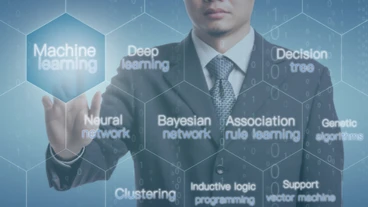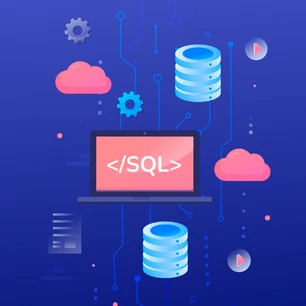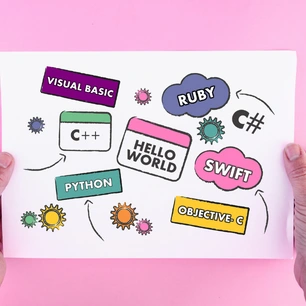There are many Machine Learning frameworks out there. This article will cover a few of them, including Tensorflow, PyTorch, and Scikit-Learn. These frameworks are widely used for a variety of different tasks. They are great for a variety of different types of data.
Scikit-Learn
The framework provides many useful tools for developing machine learning pipelines. These tools include scoring algorithms, splitting datasets into training and testing sets, and using predictions to optimize models. Scikit-learn was developed by David Cournapeau in 2007 and is maintained by volunteers. The library includes well-known algorithms for both supervised and unsupervised learning.
Scikit-Learn is an open-source, free machine learning framework with comprehensive documentation and allows developers to change parameters while the model is running. This framework is suitable for unsupervised calculations and administrative computations. It is also suitable for neural networks and natural language processing.
The framework has an extensive online community committed to fostering open-source software. Its codebase is open-sourced under the BSD license. Its use is widespread, and it is free to download. It can perform a wide range of real-world tasks, including facial recognition. However, the framework is not the best choice for advanced learning. Its simple abstractions make it tempting for junior data scientists to skip learning the basics of machine learning.
PyTorch
Python is a popular language for data science and machine learning, and PyTorch is an excellent framework for beginners and experts. Its powerful library incorporates standardized debuggers and enables you to develop and deploy complex algorithms quickly. Its intuitive APIs and syntax make it easy to use and learn. It also integrates well with popular Python extensions. However, it lacks monitoring tools and data visualization capabilities.
Scikit-learn is a free and open-source machine learning framework. It offers extensive documentation and enables developers to tweak parameters while the code is in use. It's an excellent choice for administrative calculations and unsupervised models. Its ML algorithms are best suited for neural networks and natural language processing, and PyTorch offers a wide range of optimization options.

Keras
Keras is a high-level deep learning API written in Python that provides a rich set of features that makes neural network implementation easy and convenient. Its backend supports multiple neural networks and is highly customizable. It is highly portable, supports various programming languages, and is fast. It also offers a modular approach to solving deep learning problems. It is more user-friendly than competing frameworks, though it lacks TensorFlow's open-source community support.
Besides being used by many commercial companies, Keras also has highly accessible and comprehensive documentation, including developer guides. Its design allows it to be easy to learn and use, and it supports virtually every type of neural network model. Its modularity and flexibility make it ideal for cutting-edge research and development. It supports two types of models: functional and sequential models.
Tensorflow
TensorFlow is a stateful dataflow graph, which means that it remembers previous events and user interactions. In computer programming, dataflow and graph are terms for directed graphs. In graph theory, the tensor is a term coined to refer to a sizeable multidimensional array of vectors. A tensor data structure includes numbers, vectors, and matrices.
TensorFlow is an open-source machine learning framework that can be used to create and train machine learning models. It is designed to run on multiple platforms, including Linux, macOS, Windows, and iOS. The library is compatible with many languages, including Python, R, C++, JavaScript, and Swift.
Azure ML studio
Azure ML studio is a drag-and-drop tool for developing and training machine learning models. This tool allows you to create your model, evaluate the results, and deploy it as a web service. It provides an endpoint and API keys to connect your data and other applications. However, this tool is limited to solving classification, regression, and clustering problems.
To use Azure ML studio, you must have an Azure account. Once signed up, you'll need to prepare your data, choose your algorithm, and define your evaluation model. Regardless of your level of expertise, you must have some data science knowledge. This framework uses low or no-code methods to create models. It works best for classification and regression problems and requires familiarity with the model management model.











